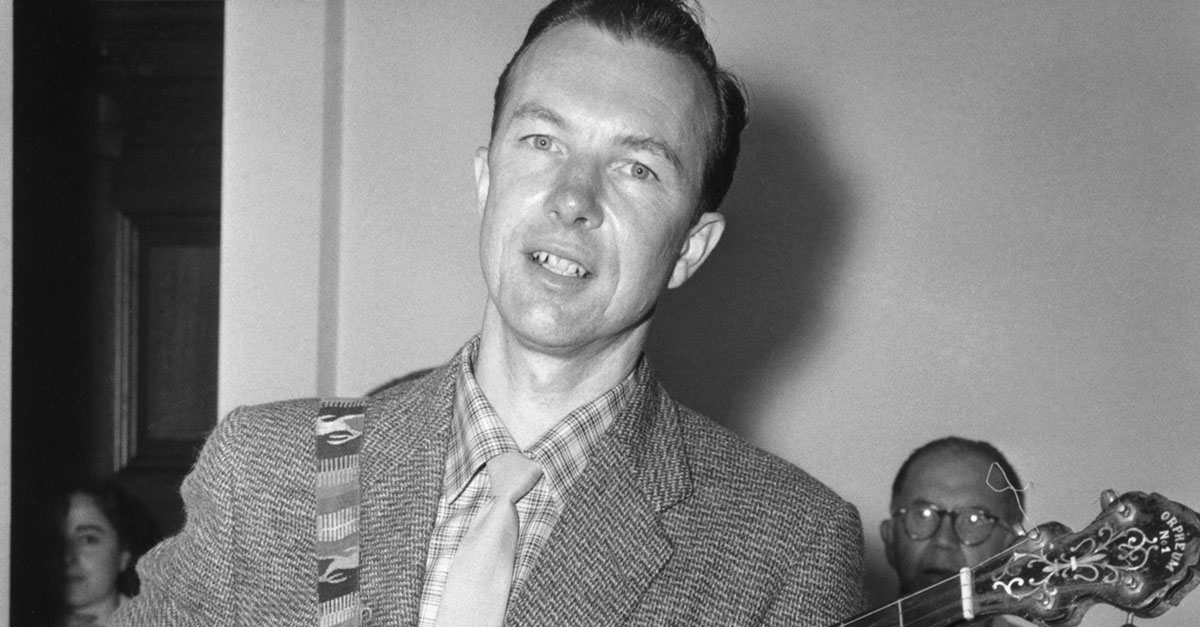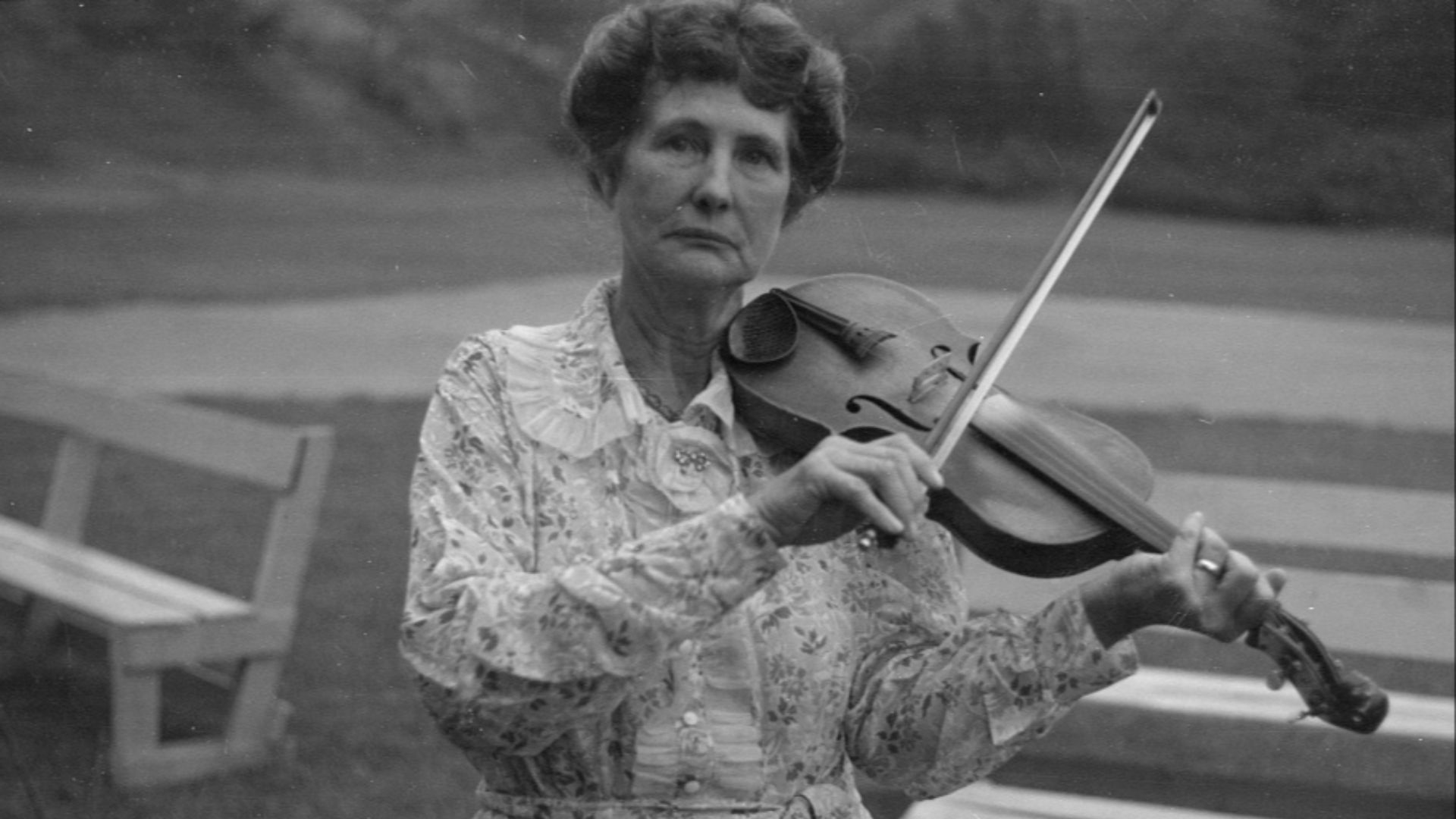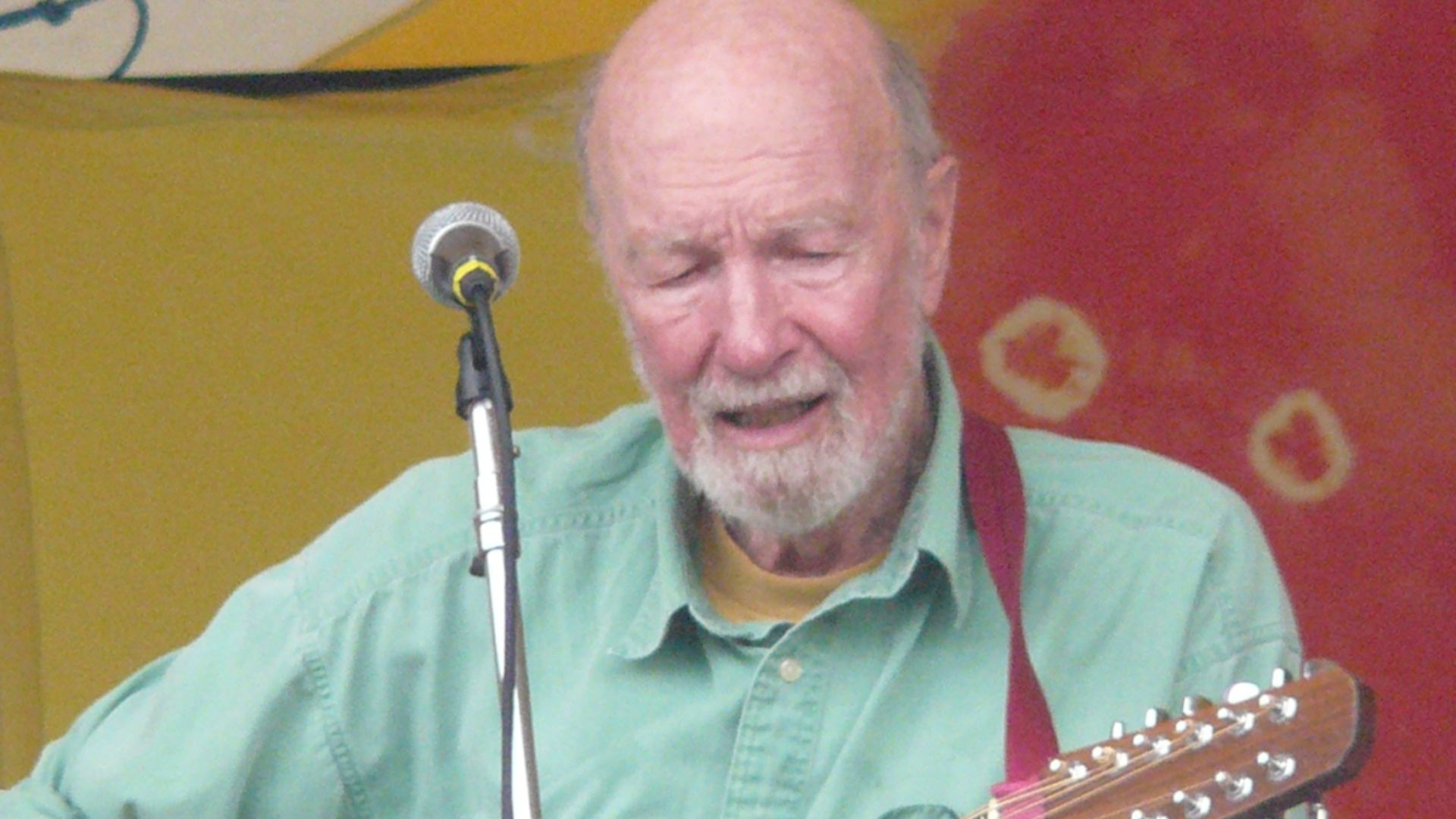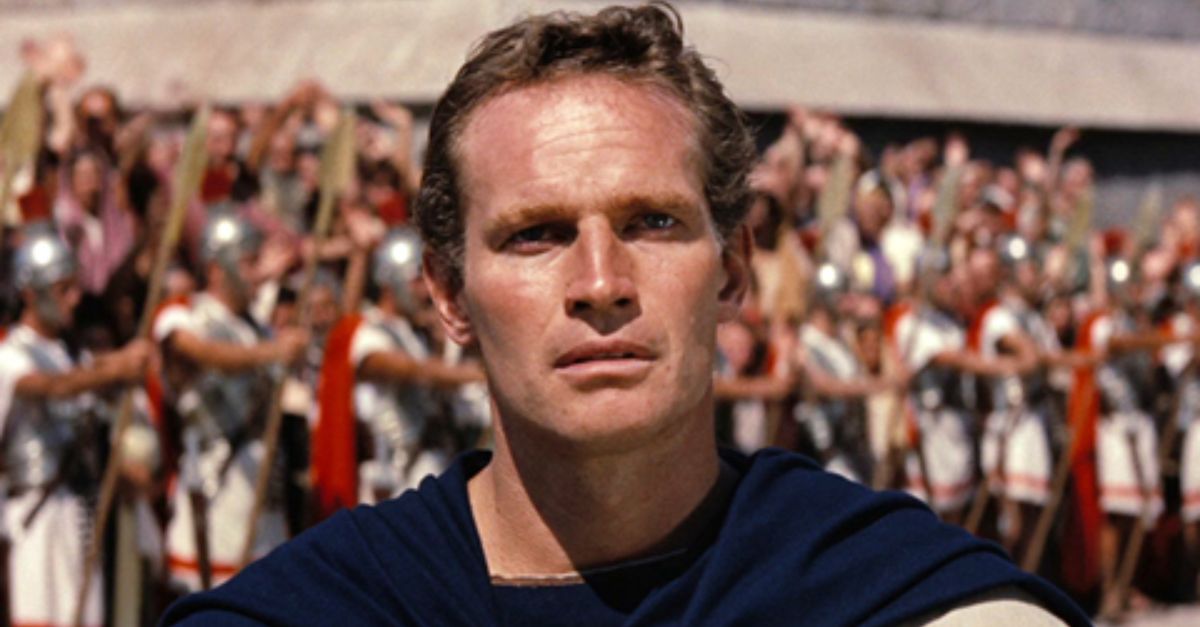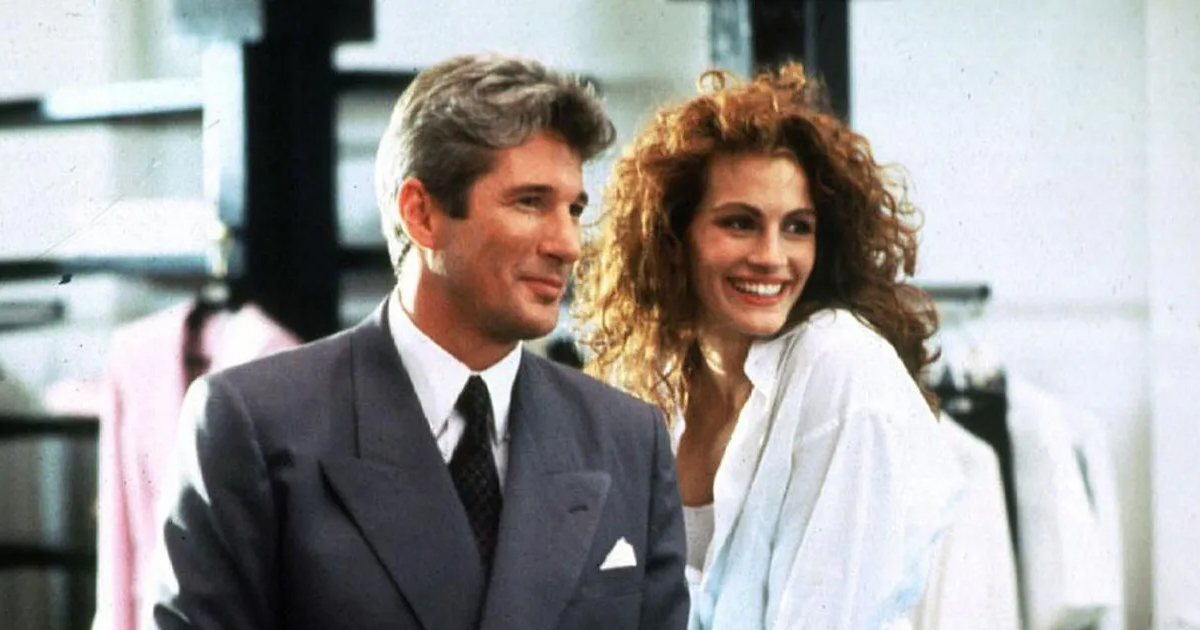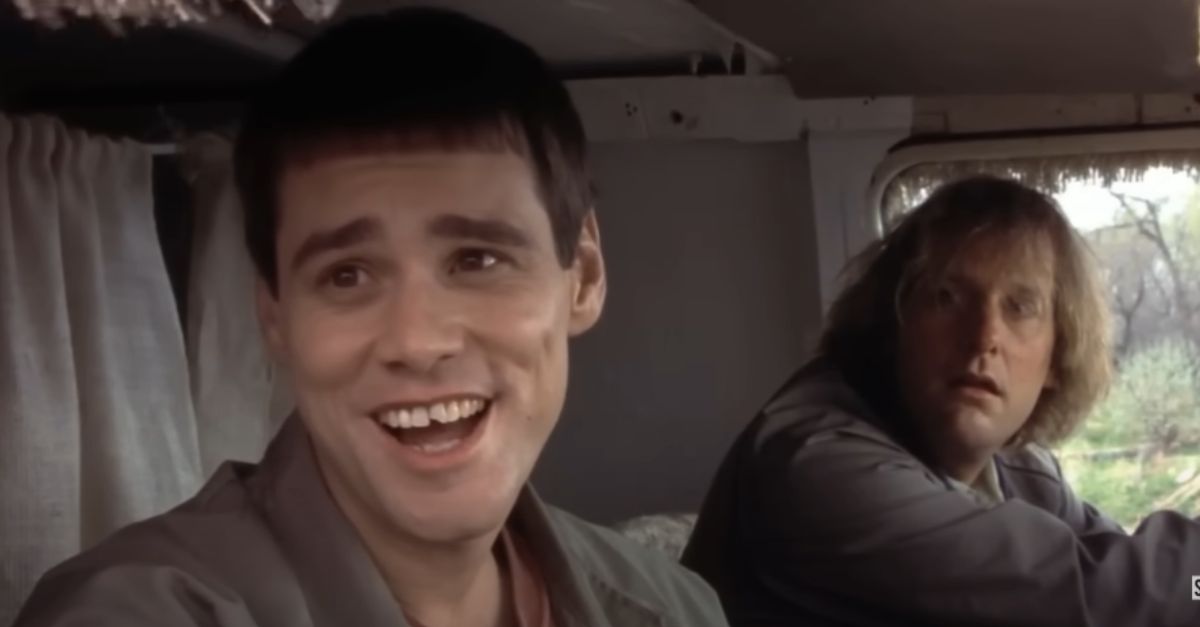We Shall Overcome
Music has the power to define a generation. Many artists use their words to express their beliefs and paint a picture of a world they wish to exist in. However, few artists possessed the talent and the backbone to do so in the way that Pete Seeger did. Seeger refused to back down from his beliefs even when the world attempted to condemn him for them.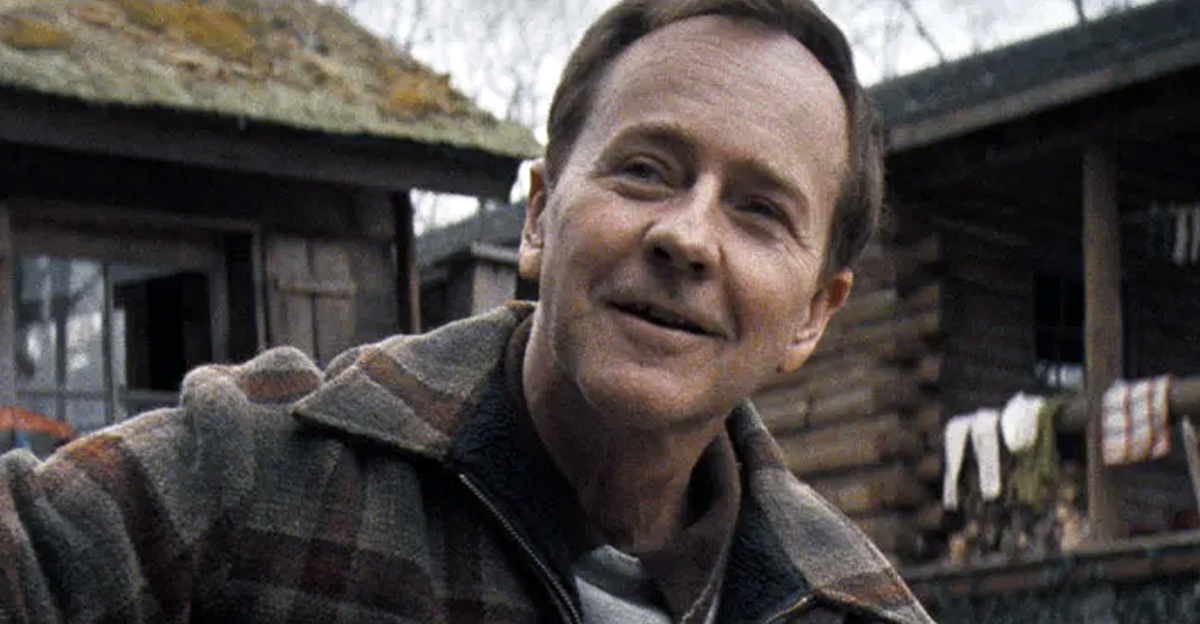
1. He Was Born With Talent
Born to Constance and Charles Seeger at French Hospital, New York City in May 1919, Seeger came by his interest in music honestly. Both of his parents possessed great musical talent. His father established the first musicology curriculum in the United States while at the University of California and his mother trained at the Paris Conservatory of Music before she became a concert violinist and then a teacher at Juilliard.
Seeger’s parents filled his life with music early on; but that wasn’t all that they passed on to him.
 Fred Palumbo, World Telegram staff photographer, Wikimedia Commons
Fred Palumbo, World Telegram staff photographer, Wikimedia Commons
2. His Parents Were Activists
Although Charles established the musicology curriculum at UC Berkeley, he did not stay long enough to teach it. The university actually forced Charles to resign—for a truly controversial reason. His outspoken remarks on pacifism during WWI ruffled too many feathers at Berkeley, of all places.
The same mentality that sparked his father to speak out against WWI drove the family into an unusual living circumstance early in Seeger’s life.
 Rowland Scherman, Getty Images
Rowland Scherman, Getty Images
3. He Had An Unusual Childhood
At only 18 months of age, Seeger’s parents decided to pack up and travel with their family. Seeger, his two older brothers, and his parents all lived in a homemade trailer as they traveled in the American South. His parents wanted to use music to uplift the people working in the South at this time.
They eventually settled back in New York, though not before this trip left an impression on Seeger.
4. His Homelife Was Unstable
Pete Seeger lacked stability in his home life. He briefly spent time at boarding school at the age of four. However, his parents brought him home after a devastating close call. Not only had little Pete contracted scarlet fever, the school had tried to hide it from his family. However, they sent him to boarding school again after second grade. Not only did all of this change lead to an unsteady home life, but it did not spare Seeger from suffering from his parent’s crumbling marriage.
 Rowland Scherman, Getty Images
Rowland Scherman, Getty Images
5. He Faced Conflict Early
Pete Seeger barely reached five years old before the cracks began to appear in his parent’s marriage. Charles became enraged over a secret bank account that Constance held, sparking a series of separations and reconciliations. Seeger was eight when his parents first split.
These divisions led Seeger to feel trapped between his parents and gave him a lifelong aversion to family conflicts—and then to make matters worse, his father remarried.
 Michael Ochs Archives, Getty Images
Michael Ochs Archives, Getty Images
6. His Music Connects Ran Deep
By 1932, Seeger’s father remarried Ruth Crawford—and the circumstances were incredibly uncomfortable for Seeger. Crawford was Charles's student and assistant at Julliard. She was also 15 years younger than Charles. This undoubtedly had an effect on Seeger, who was only 13 at the time of this second marriage. However, it also furthered Seeger’s connection to talented musicians, as Crawford is considered one of the most important composers of the 20th century. It seemed inevitable that music and activism would be part of Seeger’s life.
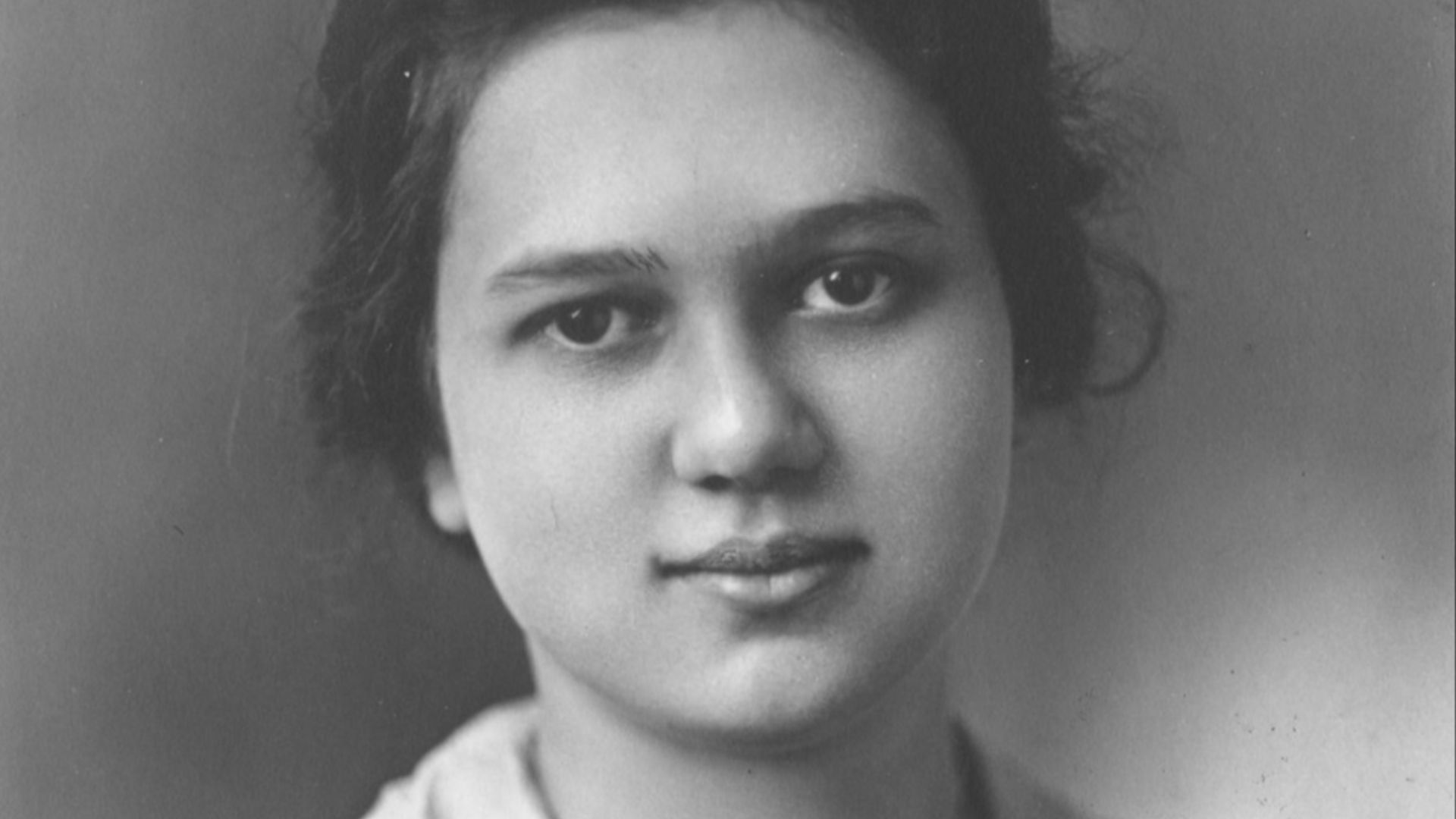 Unknown authorUnknown author, Wikimedia Commons
Unknown authorUnknown author, Wikimedia Commons
7. He Found His Own Path
Pete Seeger gravitated towards the ukulele on his own. Through entertaining his classmates, Seeger developed not just his skill with the instrument but his talent for bantering with an audience while performing which he eventually became known for. His parents were classicalists. Seeger became drawn to folk music during a chance visit in the summer of 1935.
8. His Life Was Transformed
Seeger’s father and stepmother took him to the Mountain Dance and Folk Festival. Bascom Lamar Lunsford organized the festival, filling it with folklore and traditional music. Performers included Samantha Bumgarner, a five-string banjo player. Upon hearing the five-string banjo for the first time Seeger became transformed. He immediately began to learn basic plucking from Lunsford and spent the next years working to master the instrument.
Music became his life—though he attempted to carry on the illusion that he could be an academic like his father.
9. He Faced Failure
Although Pete Seeger enrolled at Harvard on a partial scholarship, it did not last long. By this point, Seeger was involved with politics and folk music too much to give something like academia his attention. Eventually, he lost his scholarship. Without the scholarship, Seeger eventually dropped out of college entirely in 1938. Without college, could he reach his dream of being a journalist?
 Rowland Scherman, Getty Images
Rowland Scherman, Getty Images
10. He Started Performing
While Seeger did not excel in academia, he did excel in performing. He led the students of his aunt’s school in folk singing before touring New York state with a puppet theater “inspired by rural education campaigns of post-revolutionary Mexico” called the Vagabond Puppeteers. These early performances likely wouldn’t have led to anything if it were for the connections that Seeger’s father offered him.
11. He Was A Nepo Baby
Through his father, Pete Seeger got a job with Alan Lomax in Washington DC. Lomax worked with the Archive of American Folk Song of the Library of Congress; Seeger supported him by going through commercial “race” and “hillbilly” music in order to find recordings that best represented American folk music.
The Pan American Union funded the project—Seeger’s father ran the music division, giving his son easy access to this opportunity that others may not have been as lucky to receive.
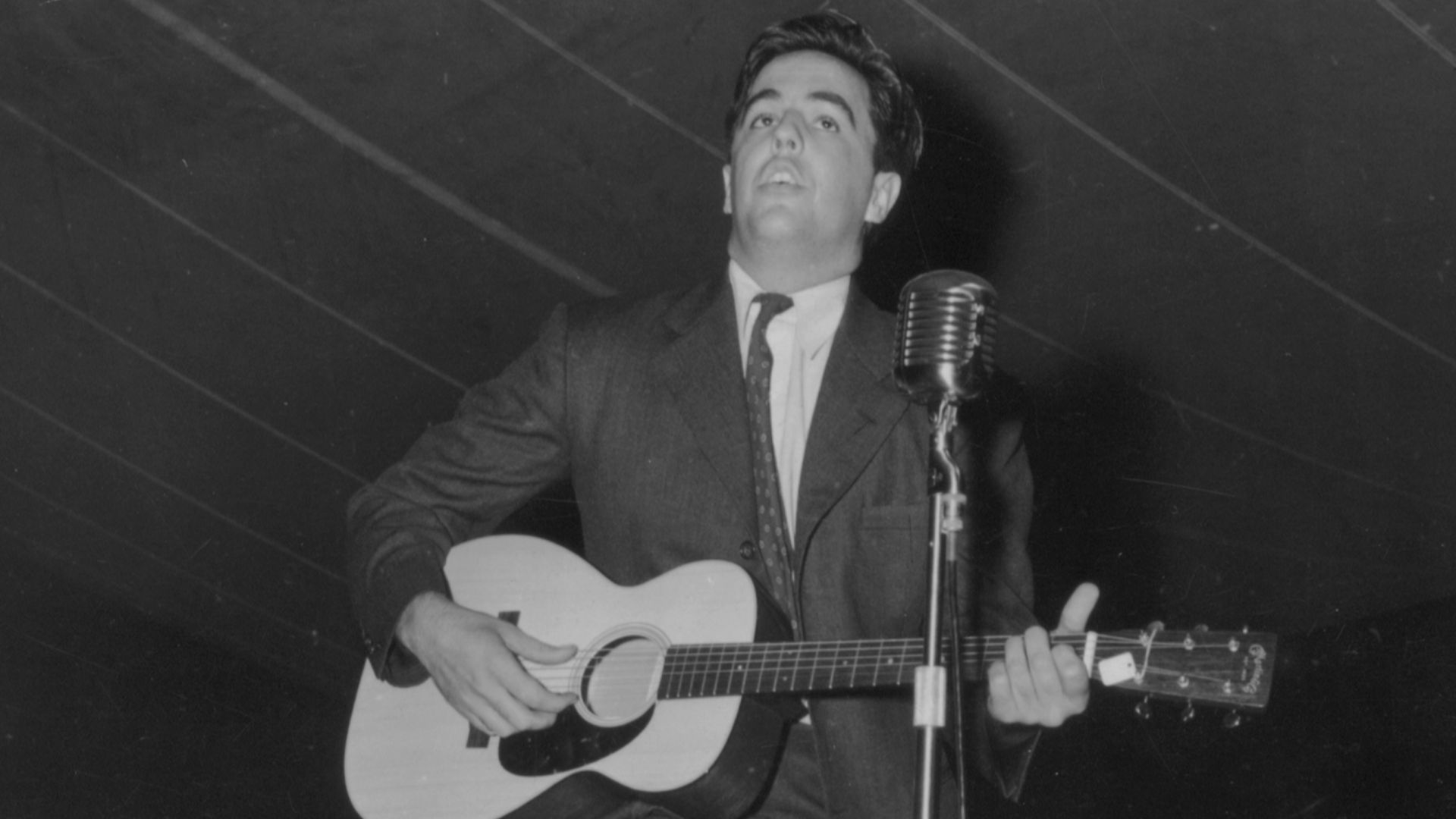 Unknown authorUnknown author, Wikimedia Commons
Unknown authorUnknown author, Wikimedia Commons
12. He Played With Legends
Through Lomax, Seeger gained access to a world of folk music and a platform to perform his music. Lomax and a partner founded a weekly show through Columbia Broadcasting called Back Where I Come From. Seeger appeared as a performer on this show regularly, along with names like Lead Belly, Josh White, and Burl Ives. There was just one problem.
Unfortunately, the integrated cast stopped Where I Come From from reaching a national audience which left Seeger once again without a clear path.
13. He Fell Fast
Around this same time, Seeger met Toshi Alite Ohta at a square dance. Toshi possessed a patchwork background. Born in Munich, her mother was American, and her father a Japanese exile. However, she moved to America at six months old. The pair made an instant connection. Unfortunately, the looming conflict that stretched across the world cast a large shadow over their romance—as well as Seeger’s future.
14. He Formed Opinions Early
Pete Seeger settled into his political interests and activism early in life. He joined the Young Communist League at the age of 17. He later joined the Communist Party USA, though he’d only remain a member for a handful of years. His chief means of expressing his activism and his views always appeared through his music—which at times caused Seeger trouble.
 Michael Ochs Archives, Getty Images
Michael Ochs Archives, Getty Images
15. He Created A New Group
Seeger helped create the Almanac Singers in early 1941. He was 21. With the Almanacs, Seeger recorded several albums. The songs that Seeger performed and recorded with Almanacs did not hold back from expressing opposition to the growing conflict and the draft that President Roosevelt had just initiated.
Even more controversially, these songs also fell in line with popular Communist Party messaging.
 Underwood Archives, Getty Images
Underwood Archives, Getty Images
16. He Held Controversial Views
At the time, those involved with the Communist Party supported a view that WWII and Roosevelt’s involvement merely stood to provide an opening for America’s big corporations to get Germany to attack Soviet Russia. While Seeger did own up to believing this at the time, he later saw the error of these views. However, not before their album Songs for John Doe, which Seeger performed on, caused quite the stir.
 Michael Ochs Archives, Getty Images
Michael Ochs Archives, Getty Images
17. He Disrupted The White House
Seeger’s album caused such a stir that news traveled all the way to the White House. While Eleanor Roosevelt called the album “in bad taste”, the president appeared less concerned. He correctly predicted few people would hear it anyway. That didn’t stop one reviewer from calling it “strictly subversive and illegal” and even went as far as claiming that it should be a matter for the attorney general. Seeger seemed in quite a bit of trouble.
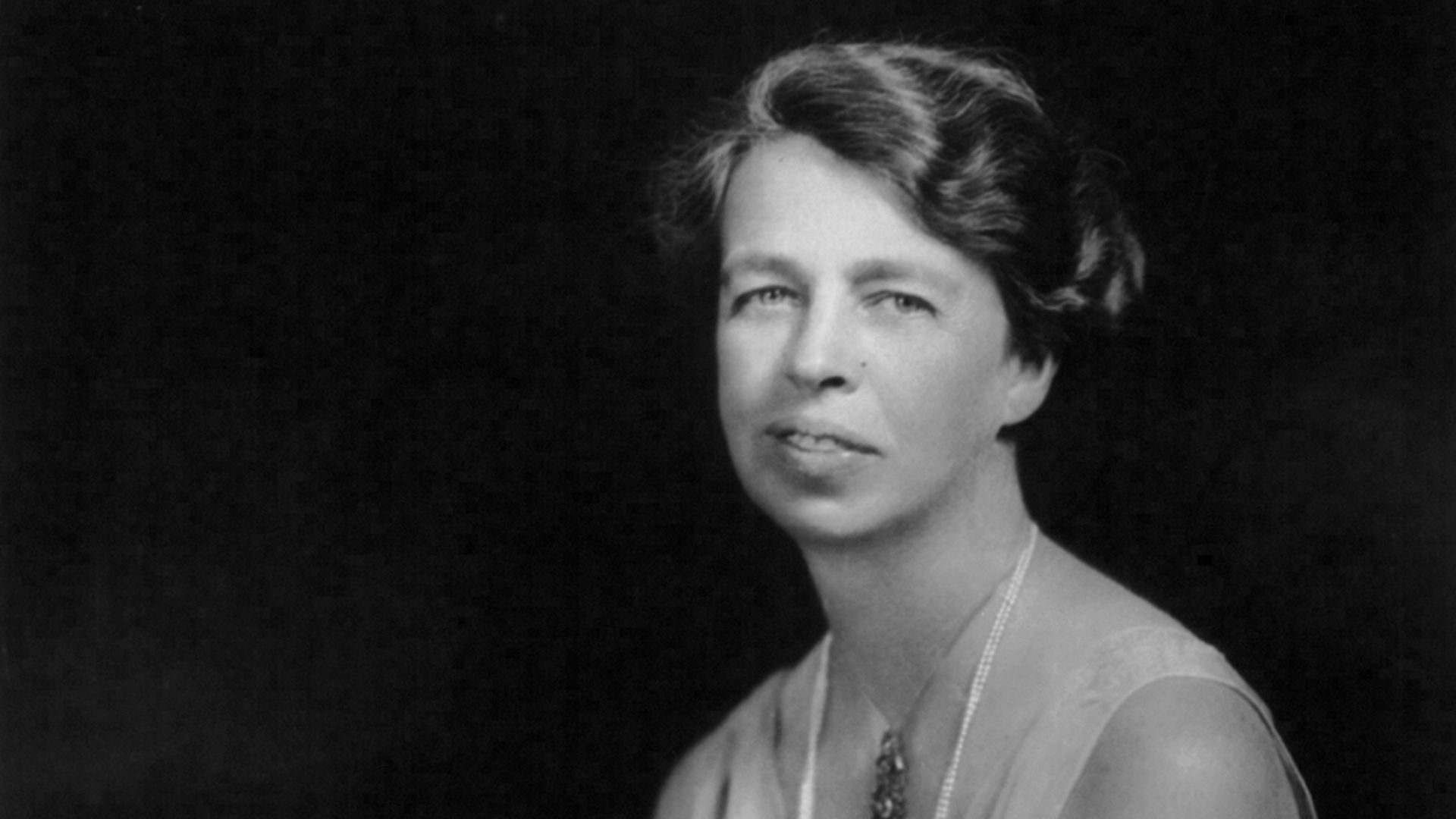 Underwood & Underwood, Wikimedia Commons
Underwood & Underwood, Wikimedia Commons
18. He Was Pulled From Shelves
In the end, nothing much came from Songs for John Doe. In June 1941, Germany invaded the Soviet Union and the Communist Party changed its tune. Now supporting the draft, Songs for John Doe disappeared from the shelves and most were destroyed.
If any still exist today they are true collectors’ items. Seeger, in particular, became vocal about his changed views.
 Underwood Archives, Getty Images
Underwood Archives, Getty Images
19. He Changed His Message
The Almanac Singers’ change in tone would give anyone whiplash. In 1942, they released a new album titled Dear Mr President, which actually supported Roosevelt. The title song featured Seeger singing a solo and the words essentially stated that so long as WWII continued, he’d put his disagreements with the powers that be aside in order to unite for this common enemy. The song couldn’t have come sooner, because Seeger soon put his money where his mouth is.
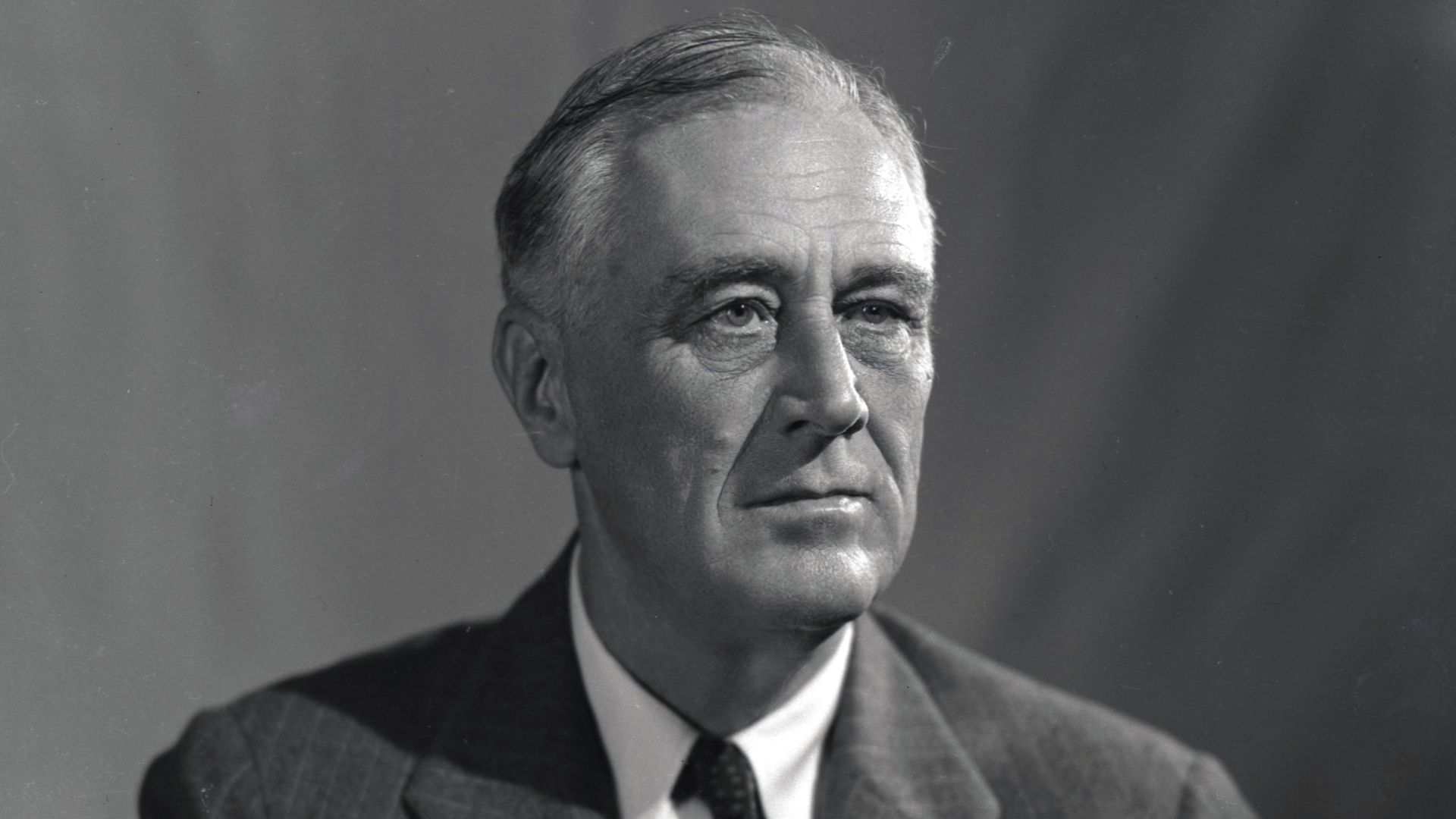 Leon Perskie, Wikimedia Commons
Leon Perskie, Wikimedia Commons
20. He Flew Into Conflict
Pete Seeger was an activist in his own right, who’d been raised by radically pacifist parents—but when push came to shove, he put all that aside. When called to serve, Seeger stepped up to the plate. Though he never ended up seeing any action. Initially, he’d been trained as an airplane mechanic.
However, it did not take long for the service to find a far more fitting duty for Seeger and his talents.
 picture alliance, Getty Images
picture alliance, Getty Images
21. He Sung For Big Names
Pete Seeger transferred to become an Entertainment Specialist. He served from 1942–1945, entertaining the troops with his music. When asked what he did during the war, Seeger always answered “I strummed my banjo”. He also performed for nationwide radio broadcasts and even performed in front of Eleanor Roosevelt.
However, Seeger’s position did not stop the conflict from handing him his fair share of tragedy.
22. He Faced Tragedy
Seeger and Toshi married in 1943, presumably while he was either on leave or serving his duty back home. However, their marriage and time together during this period consisted of stolen moments. Despite the long-distance start to their relationship, they ended up spending the rest of their lives together and having a large family.
23. He Started Where He Left Off
When the conflict ended and Pete Seeger returned home, he picked up where he left off as far as his activism was concerned. He established the organization People’s Songs in 1945. People’s Songs intended to “create, promote, and distribute songs of labor and the American people”. As a group, it supported Henry A Wallace’s presidential candidacy for the Progressive Party. However, they did not see success and Seeger’s time with the Communist Party ended shortly after that.
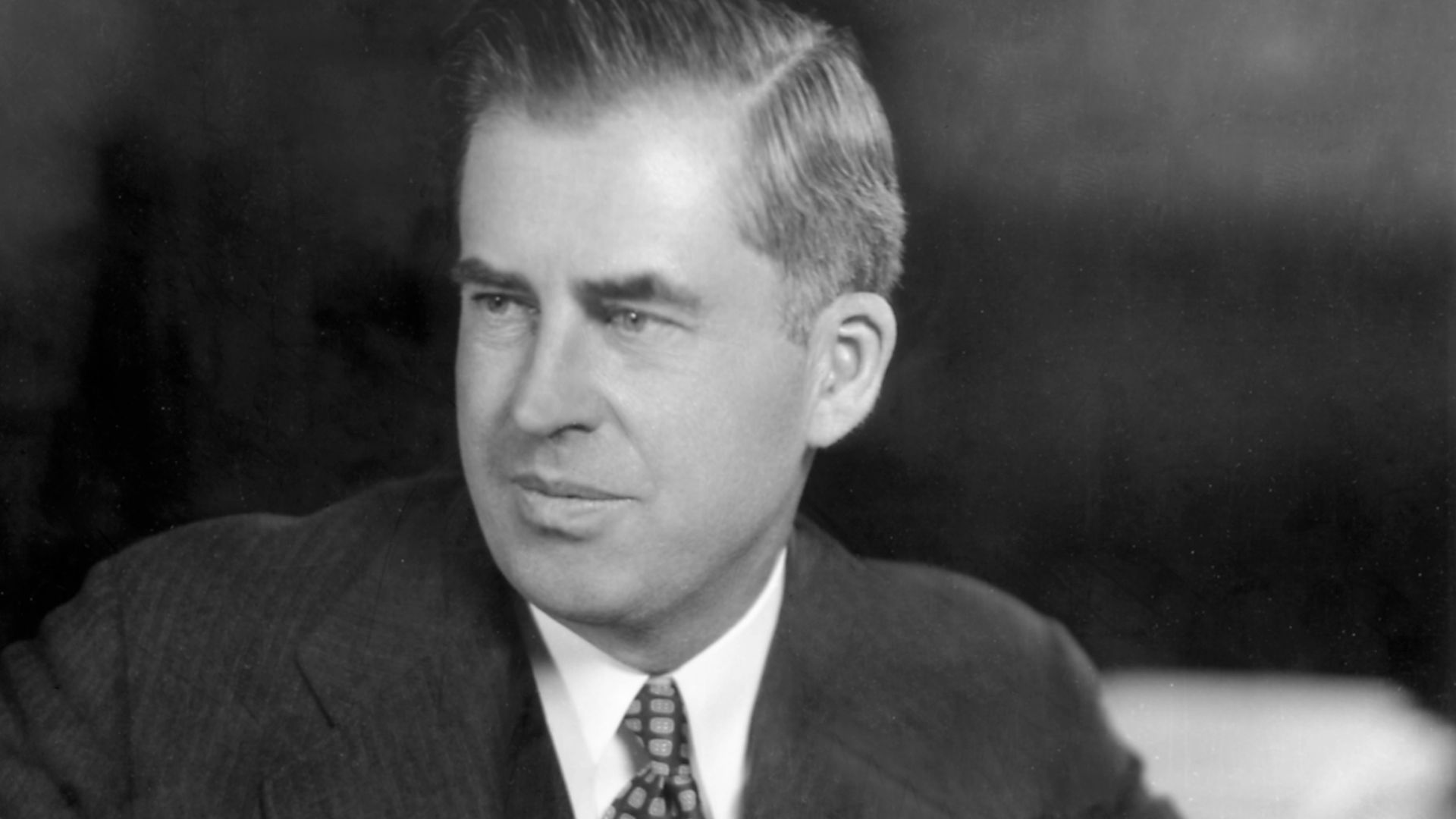 Unknown authorUnknown author, Wikimedia Commons
Unknown authorUnknown author, Wikimedia Commons
24. He Changed Focus
By 1949, Seeger and the Communist Party went their separate ways. He appeared to be more focused on his family at this point in his life. In this same year, he purchased land in Beacon, New York where he and Toshi moved their growing family. As fitting with all of the decisions that Seeger made in his life up to this point, the lot lacked some of the luxuries most of us look for in a living space.
25. He Made His Family Roughed It
The lot that he and Toshi bought had no running water or electricity. When they first moved, the pair and their family lived there in a trailer. Eventually, they replaced the trailer with a log cabin that they built themselves. Building this life together on this plot of land seemed to occupy some of Seeger’s time. However, the call of activism eventually pulled him in again.
26. He Rebranded
In 1950, Seeger’s former group, the Almanac Singers, changed and rebranded. They named themselves the Weavers, after a play about workers’ strike. A fitting tribute, as the band performed at benefits for strikers, singing about unionization. While many of the beliefs that the Almanacs had held persisted, the Weavers couldn’t be as outspoken as they once were.
27. He Had To Tread Carefully
Following WWII, America fell deeply into the anti-Russian and Communist propaganda of the red scare. Seeger himself no longer believed in “Soviet Socialism,” as increased awareness of Stalin’s atrocities reached him. However, he continued to fight for civil and labor rights, racial equality, and anti-militarism—and these beliefs eventually brought trouble to his doorstep.
28. He Had Bad Associations
Seeger’s support for the Communist party had waned, and the Weavers had found more subtle and subversive ways to share their messaging. However, Seeger continued to associate with industry professionals that the government saw as a potential risk to national safety. As such, Seeger became a person of interest as well.
 Charles Peterson, Getty Images
Charles Peterson, Getty Images
29. He Courted Trouble
As the red scare swept across America, many in the entertainment industry found themselves facing terrifying consequences for supposed “un-American” beliefs. The most famous of these included the Hollywood Ten, ten screenwriters and directors who refused to answer questions when called before the House Un-American Activities Committee in 1950.
Five years later, Seeger faced a similar fate.
 Michael Ochs Archives, Getty Images
Michael Ochs Archives, Getty Images
30. He Faced The Music
The federal government subpoenaed Pete Seeger to testify before the House Un-American Activities Committee in August 1955. Following the conviction and imprisonment of the Hollywood Ten for refusing to answer questions when interrogated, most witnesses that followed in the years after opted to plead the Fifth, despite the inherent implication that their testimonies may be self-incriminating.
Seeger, raised by two social activists who’d put their beliefs ahead of their lives, refused to back down so easily.
 Underwood Archives, Getty Images
Underwood Archives, Getty Images
31. He Refused To Speak
Instead of pleading the Fifth, Seeger followed in the footsteps of the Hollywood Ten. He insisted that asking him to answer questions about his beliefs violated his First Amendment rights. He told them: “I am not going to answer any questions as to my association, my philosophical or religious beliefs or my political beliefs, or how I voted in any election, or any of these private affairs. I think these are very improper questions for any American to be asked, especially under such compulsion as this”. Seeger surely knew what the consequence of his refusal would be—yet he did it anyway.
 Michael Ochs Archives, Getty Images
Michael Ochs Archives, Getty Images
32. He Taunted The Government
The American government did not appreciate Seeger refusing to play the game that they set out. Just like the Hollywood Ten before him, Seeger faced the consequences. In March 1957, the government indicted Seeger for contempt of Congress. In the years that followed, Seeger’s freedom became increasingly more restricted.
 Michael Ochs Archives, Getty Images
Michael Ochs Archives, Getty Images
33. He Was Watched
As a result of his indictment, the federal government forced Pete Seeger to keep them informed of his movements any time that he left the Southern District of New York. Unfortunately, this was just the beginning of the nightmare.
Seeger still had to face trial for his indictment—and whatever consequences came of it.
 Michael Ochs Archives, Getty Images
Michael Ochs Archives, Getty Images
34. He Answered For His Actions
The wheels of justice don’t always move quickly, and Seeger waited four years to know his fate. Finally, in March 1961, a jury convicted Seeger of contempt of Congress. It appeared that the judicial system intended to make an example of Seeger and his refusal to answer the questions. He faced a steep punishment—one that surely did not match his supposed offenses.
35. He Faced Imprisonment
In response to finding him guilty of contempt of Congress, the jury sentenced Seeger to ten one-year terms of imprisonment which he would serve concurrently. Essentially, they punished Seeger by dooming him to a year in confinement.
Seeger faced losing everything for what he believed: his life, his family, and his freedom.
 Michael Ochs Archives, Getty Images
Michael Ochs Archives, Getty Images
36. He Went Back To Court
Despite the conviction, Pete Seeger never served any time. He appealed his ruling and in May 1962 the appeals court overturned his conviction on the basis that the entire indictment was flawed. Still, Seeger faced years of difficulty during this time and the suspicion of his past beliefs continued to follow him.
 John Byrne Cooke Estate, Getty Images
John Byrne Cooke Estate, Getty Images
37. He Couldn’t Sing
In 1960, while Seeger struggled through his fight with the federal government, the San Diego school board took a stab at him as well. They’d scheduled Seeger to play a concert at a high school—but there was a dark twist. However, they told him they wouldn’t let him play unless he gave them a signed oath that he wouldn’t use the concert to promote a communist agenda or overthrow the government.
Unsurprisingly, Seeger had a few words for this.
38. He Refused To Back Down
Pete Seeger refused to sign the San Diego school board’s proposed oath. The American Civil Liberties Union gained an injunction against the school district on Seeger’s behalf which, in the end, allowed the concert to happen and Seeger to perform. Despite his eventual victory against his convictions, years passed before most of America saw the error of its ways.
39. He Produced Iconic Music
During all of this, Pete Seeger became among those blacklisted from most major entertainment spaces and organizations. Instead, Seeger worked as a music teacher and performed on college campuses. The music that he produced during this period had strong anti-war ties, including the iconic song “Where Have All the Flowers Gone”.
Seeger also became strongly linked to the Civil Rights Movement.
40. He Was Involved
Not only did Seeger organize an influential concert at Carnegie Hall to support the social justice training institution the Highlander Folk School, but he also joined many folk artists in the popularization of “We Shall Overcome” as a song for the Civil Rights Movement.
While many artists performed it, in many ways, it became an anthem for Seeger.
 Pete Seeger (Live) - We shall overcome …, Noi Radiomobile™
Pete Seeger (Live) - We shall overcome …, Noi Radiomobile™
41. He Changed The Tune
Guy Carawan, another folk singer, first introduced “We Shall Overcome” at the founding meeting of the Student Nonviolent Coordinating Committee. However, Seeger claimed, years later, that it was he who initially changed the original lyric “We will overcome” to “We shall overcome”. He also joined many in the singing of the song during the famed walk over the bridge from Selma to Montgomery. By sticking to his convictions and never letting the man get him down, Seeger eventually became an icon—without ever really trying.
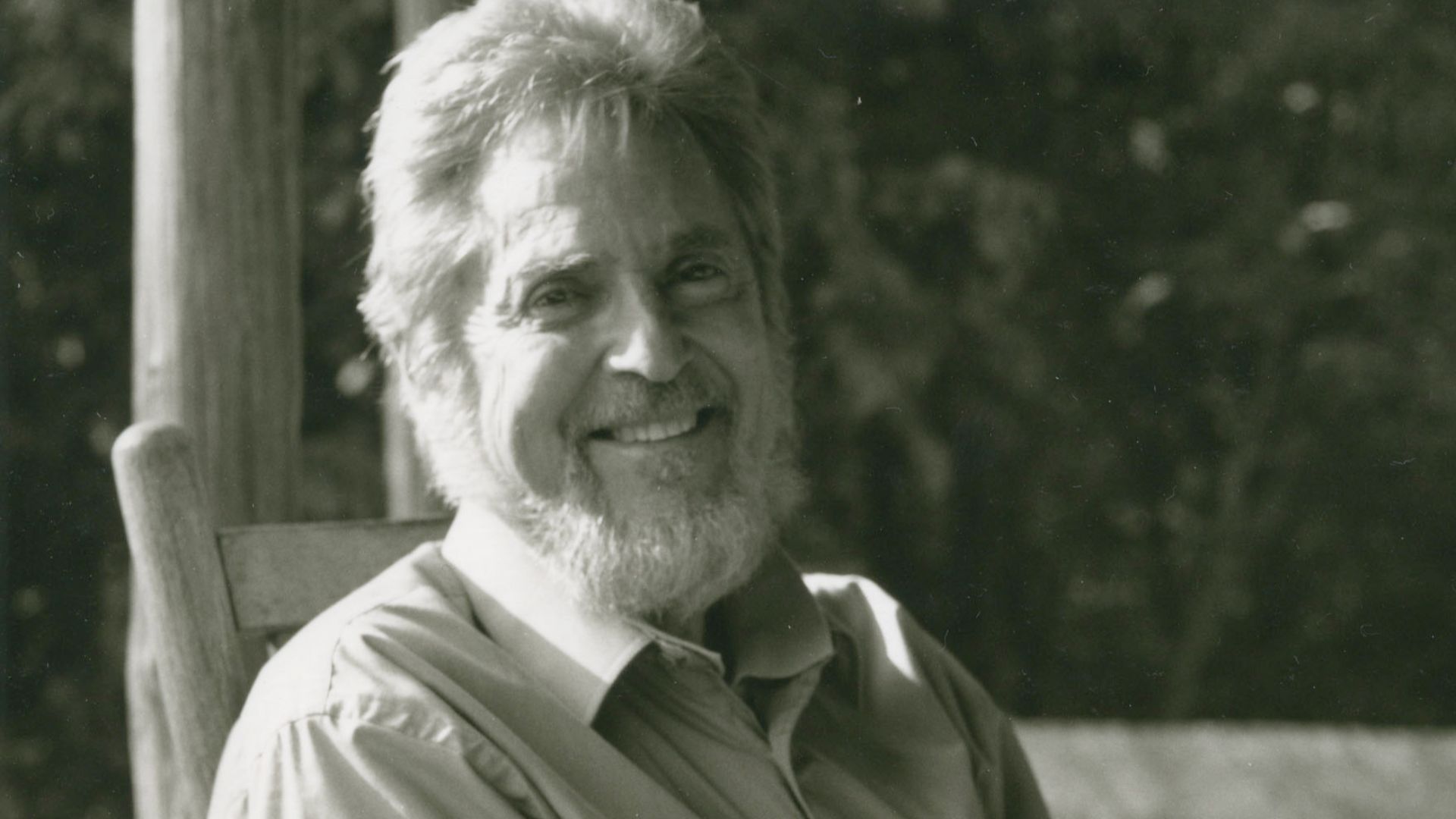 Heather Carawan, Wikimedia Commons
Heather Carawan, Wikimedia Commons
42. He Was Stuck In His Ways
As the years wore on, Pete Seeger became an influential figure within the folk music scene, a legend that others respected and, perhaps, fought with in equal measures. Seeger had risen through the ranks at the birth of the folk movement, and saw his music in one way. The newer crowd began to see things differently, which caused conflicts. And Seeger had a complicated relationship with one famed name in particular.
43. He Supported A Legend
Early on in his career, Seeger supported the up-and-coming Bob Dylan. Seeger urged John Hammond to produce Dylan’s first LP and he provided Dylan with a platform to perform by inviting him to the Newport Folk Festival, as Seeger belonged to the board.
But this was where things began to go off of the rails.
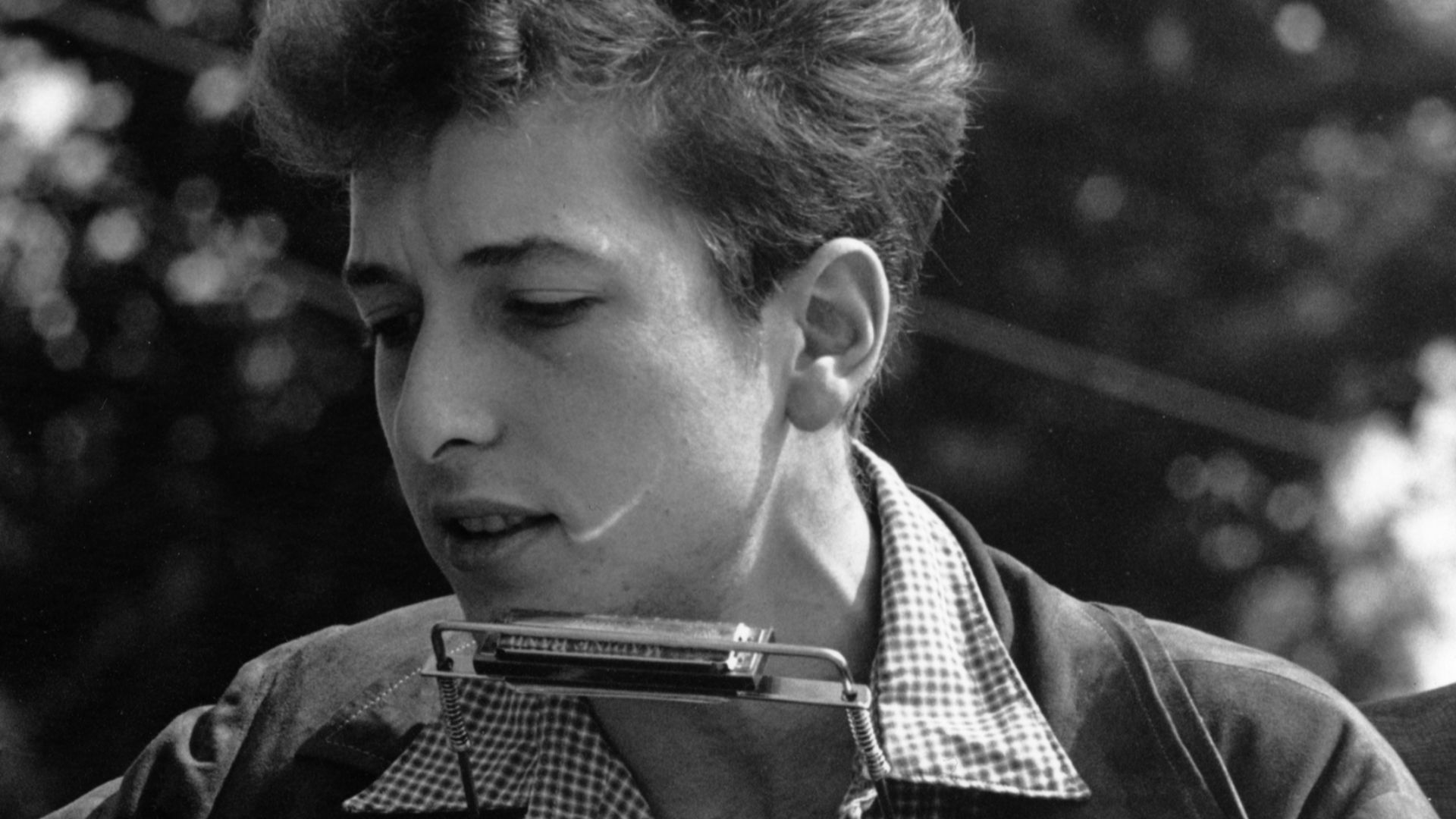 Rowland Scherman, Wikimedia Commons
Rowland Scherman, Wikimedia Commons
44. He Couldn’t Change
When Dylan took the stage at the Newport Folk Festival with a plugged-in electric guitar, it sparked a massive firestorm of controversy—and Seeger wasn’t immune to it. The story goes that Seeger hated the loud electric music that Dylan brought with him to the festival. At one point, supposedly, Seeger became so enraged by the overwhelming sound of the amps that he tried to disconnect the entire set. Seeger has a slightly different memory of the incident.
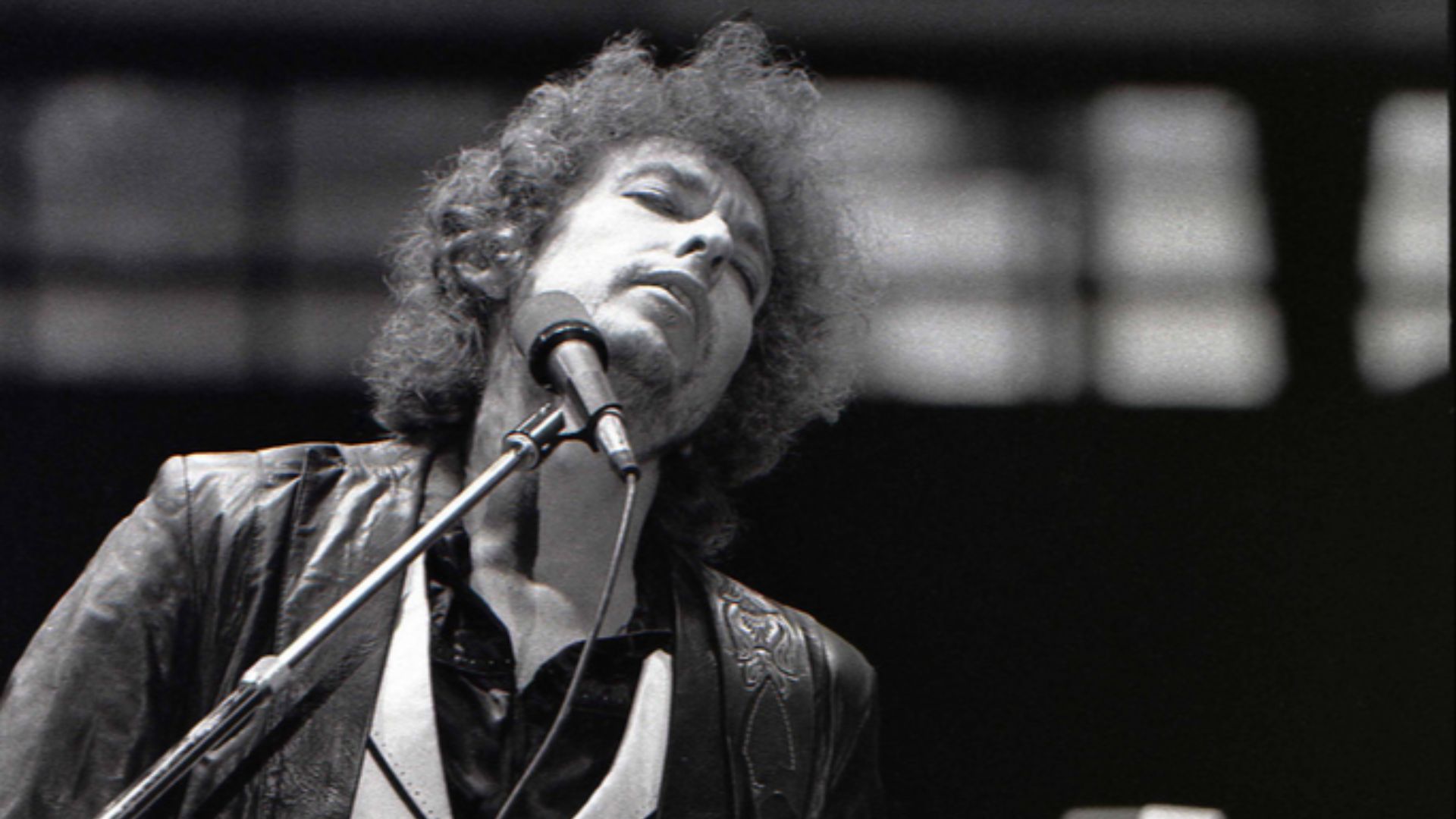 Chris Hakkens, Wikimedia Commons
Chris Hakkens, Wikimedia Commons
45. He Wanted To Hear
According to Seeger, he did not have a problem with the use of electric instruments in and of itself. While he admits that he prefers Dylan’s acoustic work, he harbored no ill will towards the artist for choosing to work with electrics. Seeger claims his problem that day was with the mixing. He was advocating for Dylan, not against him.
46. He Fought For Music
As Seeger tells it, “I couldn't understand the words. I wanted to hear the words. It was a great song, ‘Maggie's Farm,’ and the sound was distorted”. Seeger felt that the equipment distorted the sound and no one could hear the song properly. He only expressed exasperation over the entire thing, because he felt it didn’t do the song justice. But there may have been another side to the story.
In a note written days after the event, Seeger compared Dylan’s voice to a “snarl,” said his new work was “destructive,” and that his non-political songs would soon be forgotten. In the end, this became just one small controversy in Seeger’s entire career—his past eventually came back to haunt him.
 Michael Ochs Archives, Getty Images
Michael Ochs Archives, Getty Images
47. He Continued The Fight
Pete Seeger continued to fight for social justice and change right up until his passing in January 2014. He never backed down from his belief that the world could be a better place. Nor did he step back from viewing himself as a communist, in so much as what he saw the movement should have been. However, Seeger saw the error of some of his earlier actions.
48. He Apologized
Seeger believed in incremental changes. He did not support violent revolts and he felt “the most lasting revolutions are those that take place over some time”. In his autobiography, first released in 1993, Seeger spoke out against Stalin and the Soviets, apologizing for his earlier faith in them. However, he didn’t back down from his beliefs in the premise they’d hijacked.
49. He Lost His Firstborn
Back during WWII, Pete Seeger’s wife Toshi got pregnant just before he left to fight. She birthed their first son, Peter Ota Seeger while Seeger was miles away. Sadly, Seeger never got to meet his firstborn, as Peter lived for only six months.
Trapped on duty, Seeger wasn’t able to be there for his son or his grieving wife, a fact that surely haunted him for the rest of his life.
 Catherine McGann, Getty Images
Catherine McGann, Getty Images
50. He Didn’t Hide His Mistakes
Pete Seeger refused to give up on the idea that Communism could be something good and influential in the world. He understood that no one was perfect and that nearly every group owed an apology to another. However, Seeger believed in looking forward to change rather than to the past in the error. When asked about his beliefs, he stated, “I still call myself a communist, because communism is no more what Russia made of it than Christianity is what the churches make of it”.
Seeger never achieved perfection—yet he never gave up hope for the future.
51. He Fought For His Beliefs
As is the case with most people, Seeger’s legacy is a complicated one. He fought for justice and seemed to truly believe in freedom and civil rights for all. He believed that his country could be a beautiful place if people learned to be kind and care for each other. However, he was only human. He did not always get everything right. Still, he learned from his mistakes and it appears, from the life he lived, that he always had his heart in the right place.
You May Also Like
Railing Facts About Joan Baez, The Firebrand With The Voice Of An Angel
Outlawed Facts About Willie Nelson, The Red Headed Stranger
Hard-Travelling Facts About Woody Guthrie, The Dust Bowl Troubadour

